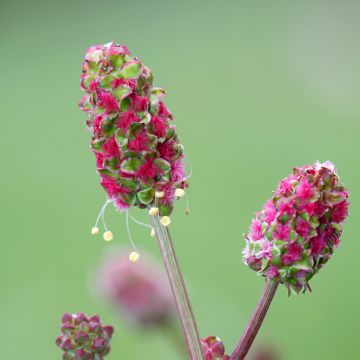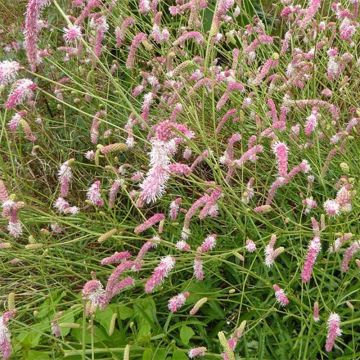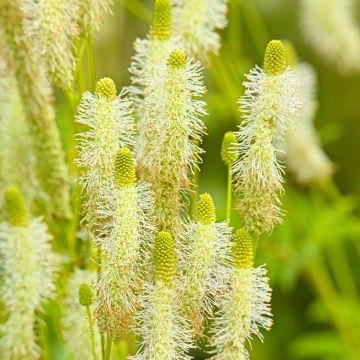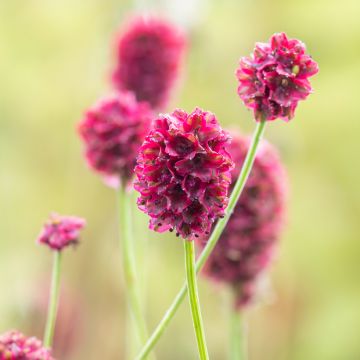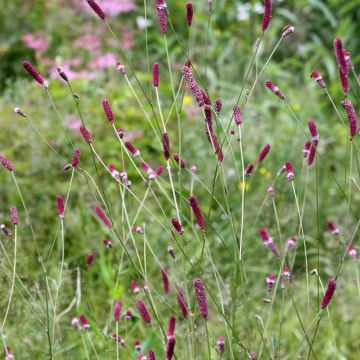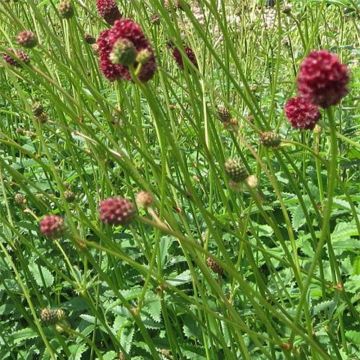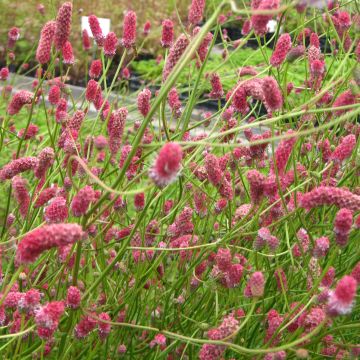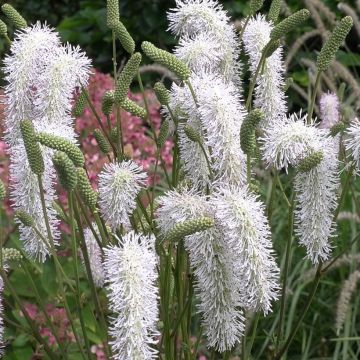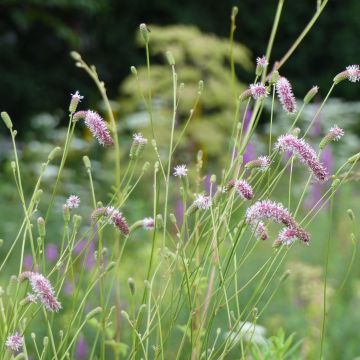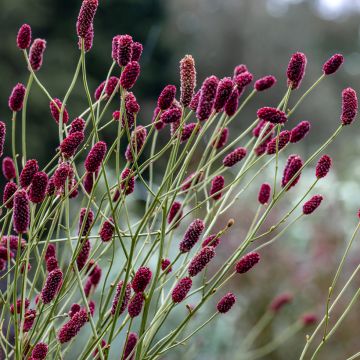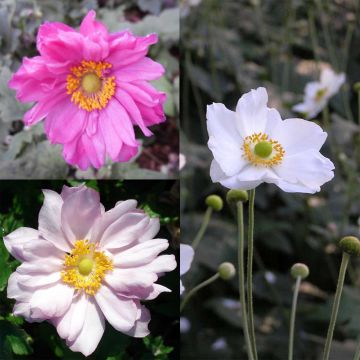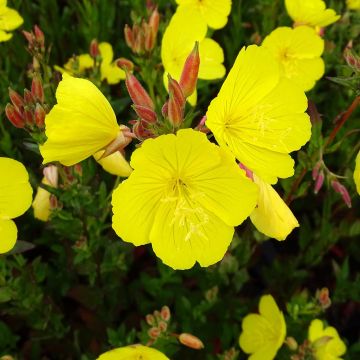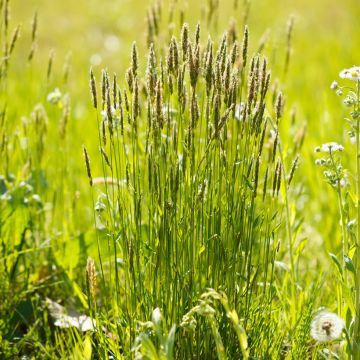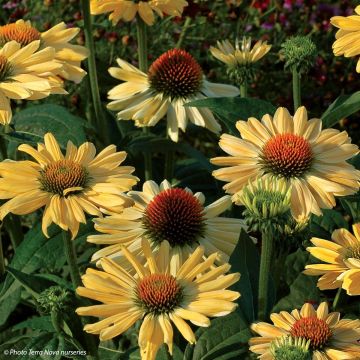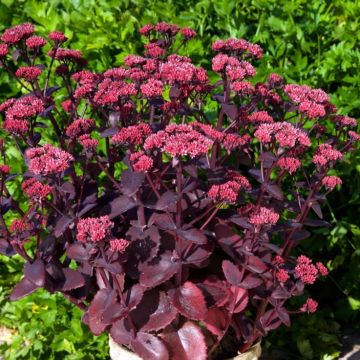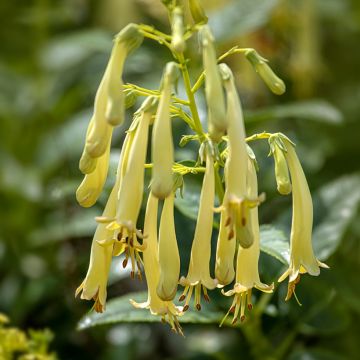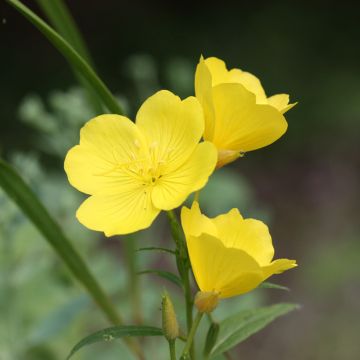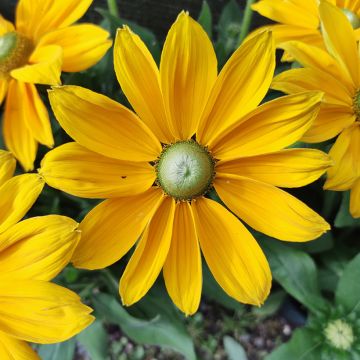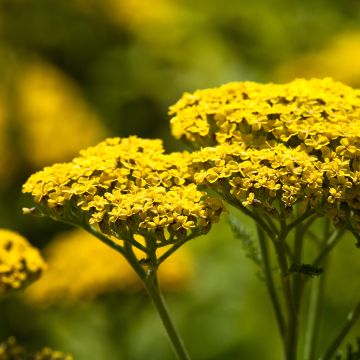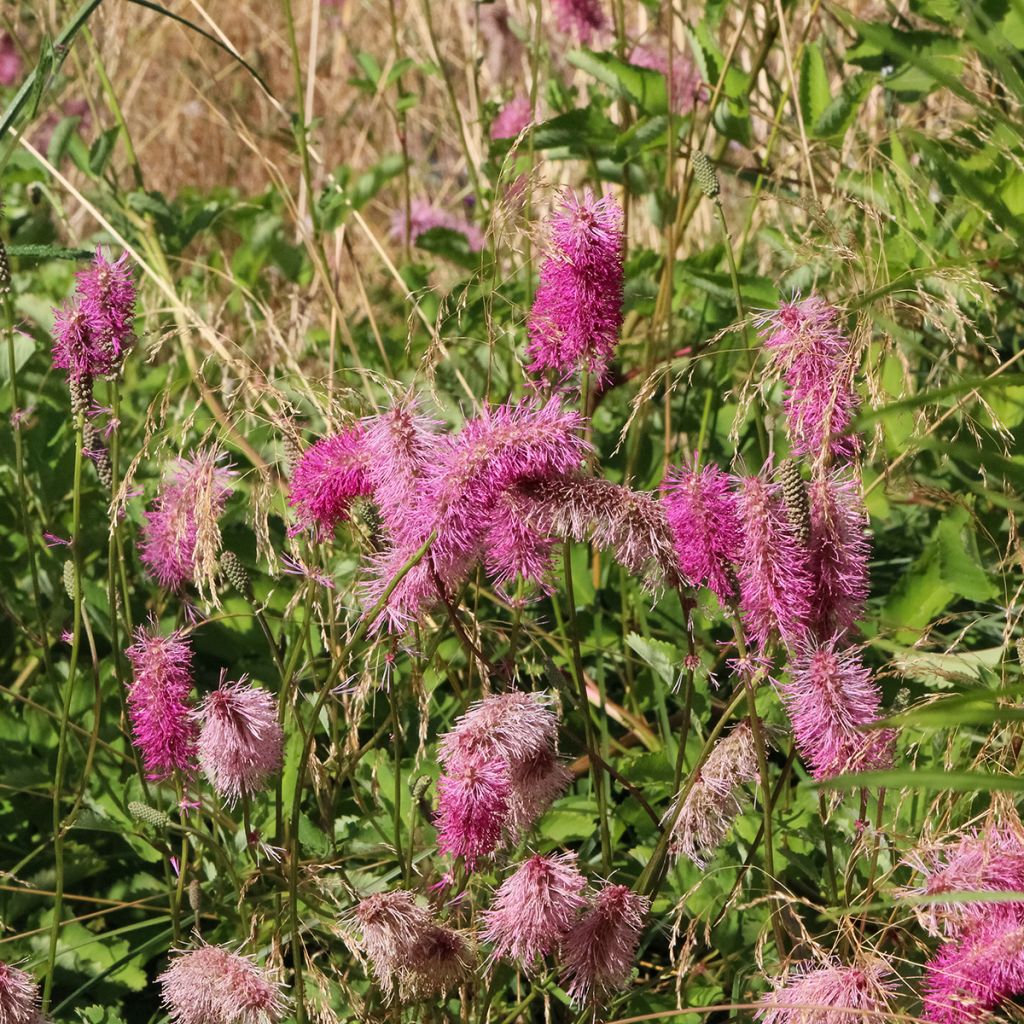

Sanguisorba officinalis Pink Tanna
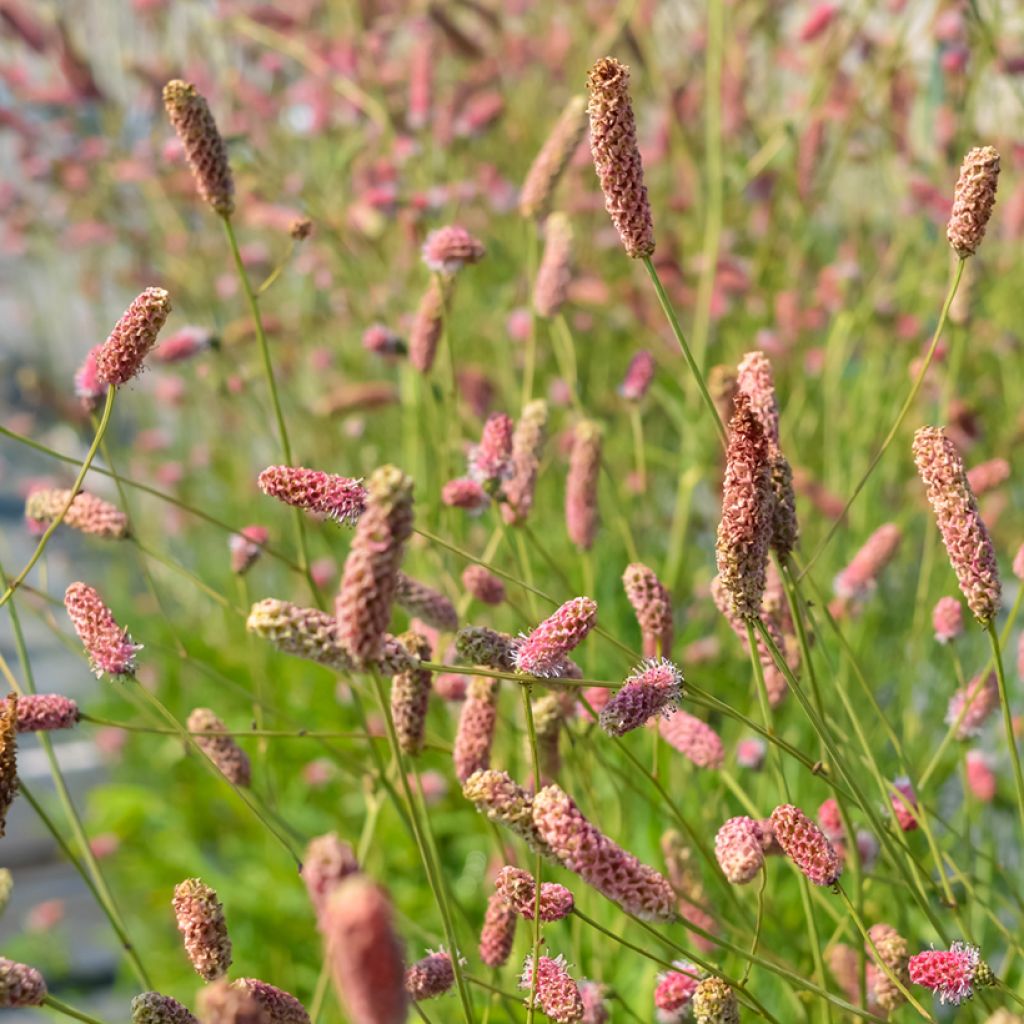

Sanguisorba officinalis Pink Tanna
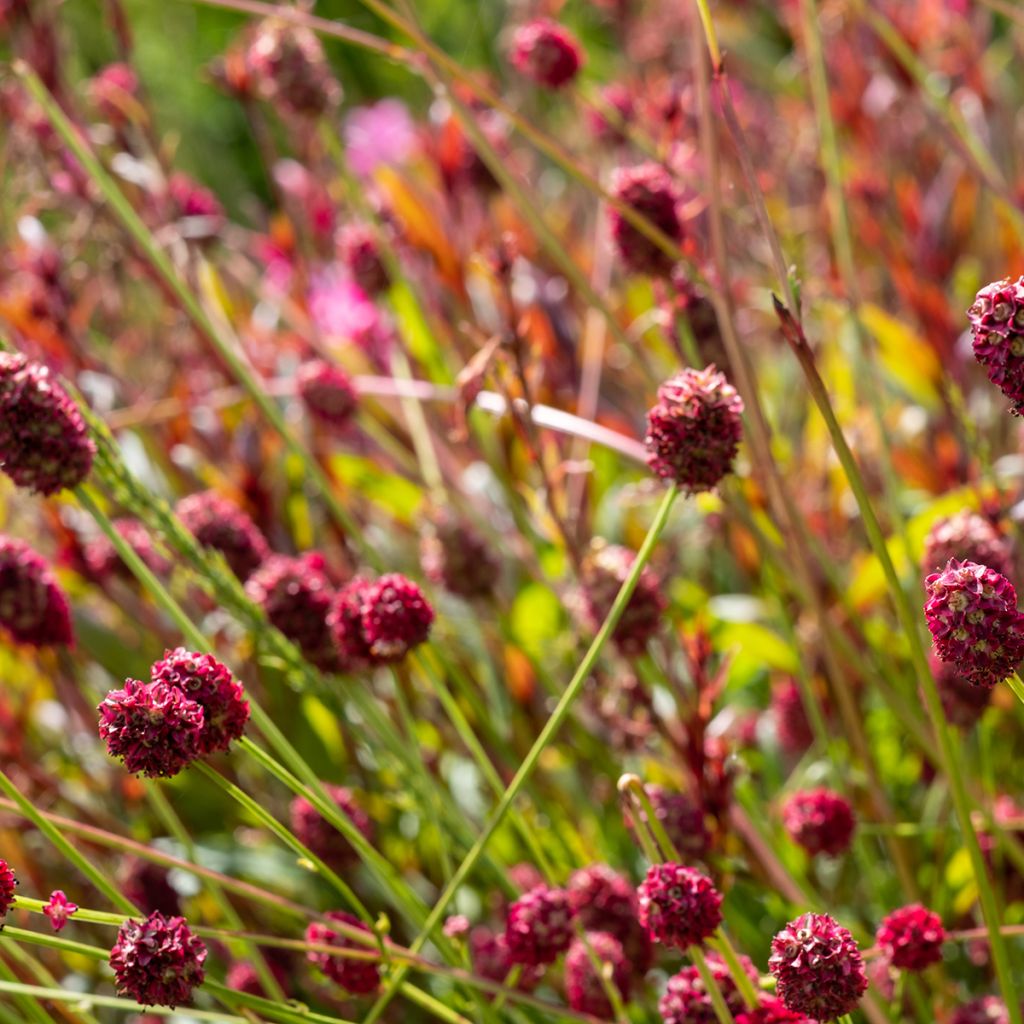

Sanguisorba officinalis Pink Tanna
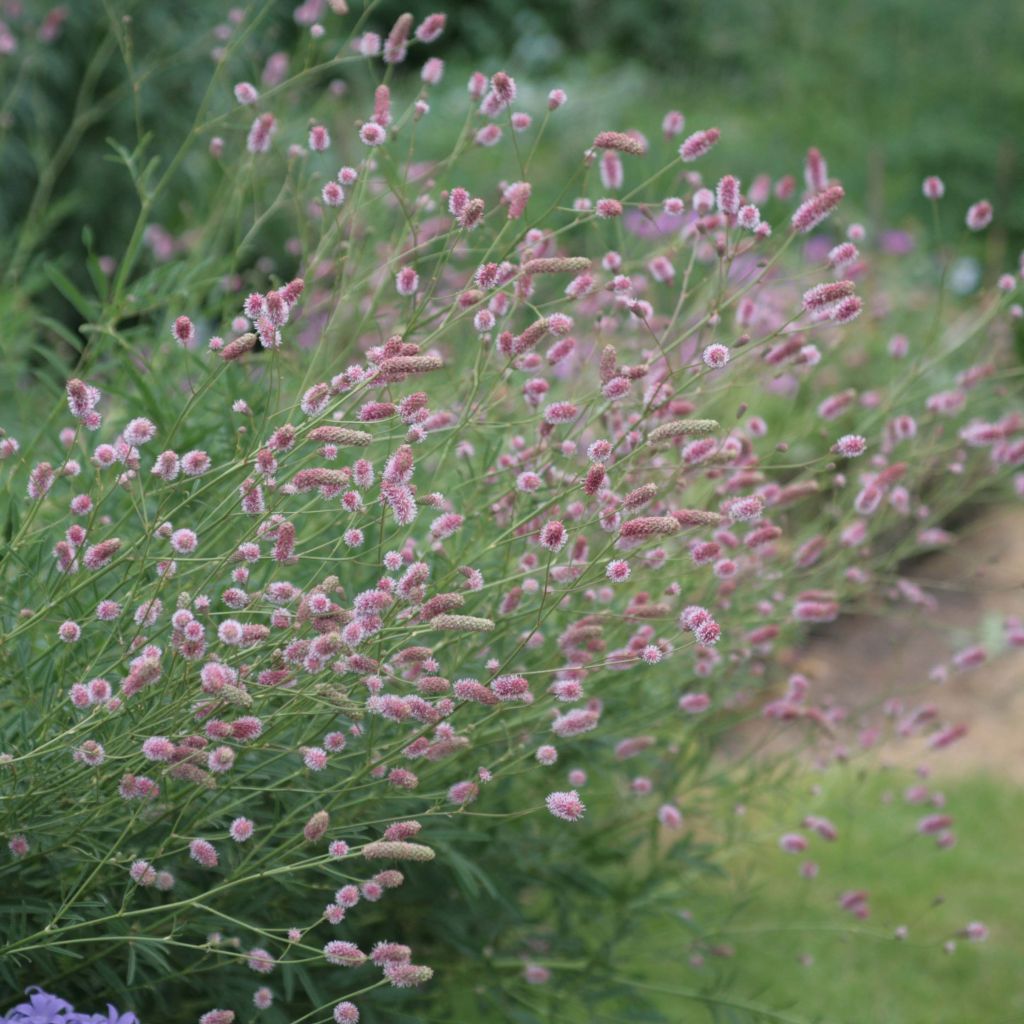

Sanguisorba officinalis Pink Tanna
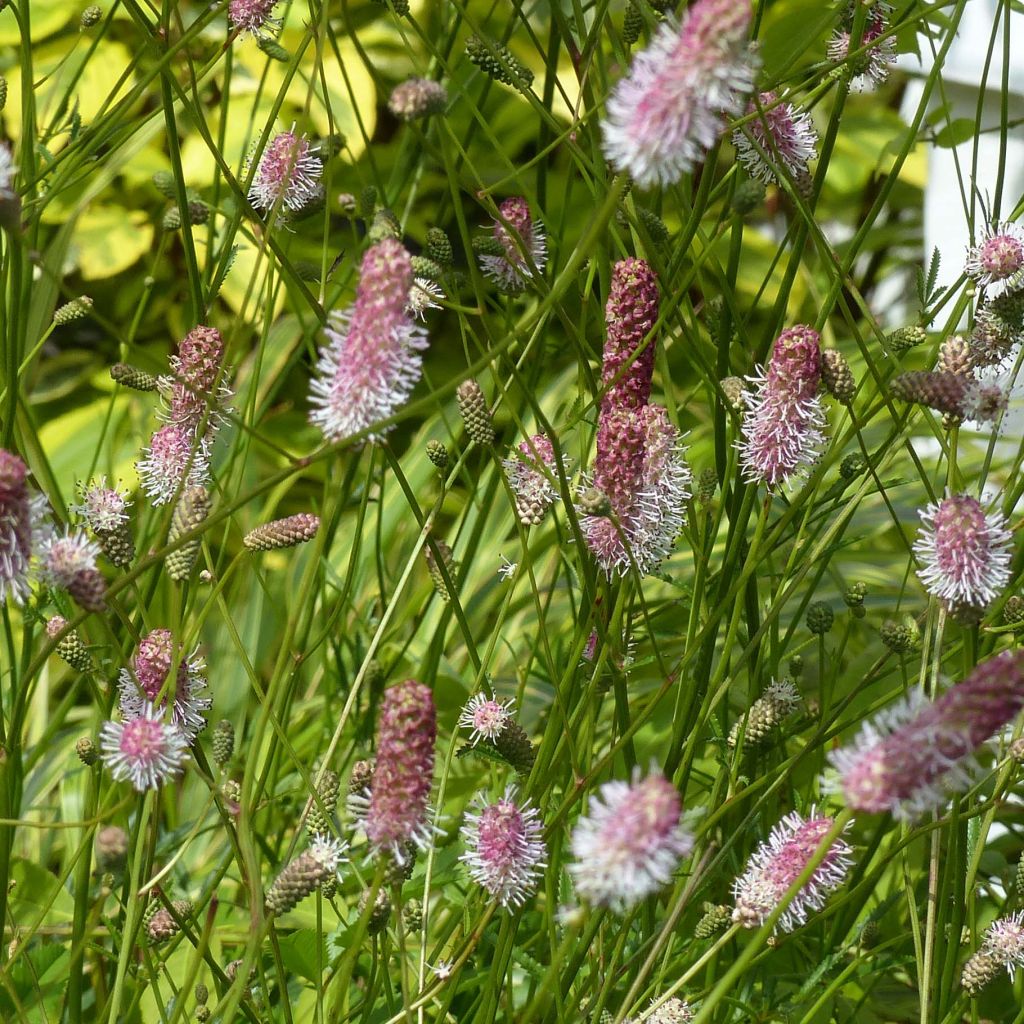

Sanguisorba officinalis Pink Tanna
Sanguisorba officinalis Pink Tanna
Sanguisorba officinalis Pink Tanna
Great Burnet, Salad Burnet
On 4 stems, 3 have grown Not huge, but it's the first year
Christophe, 02/08/2022
This item cannot be shipped to the selected country
Delivery charge from €5.90
More information
Schedule delivery date,
and select date in basket
This plant carries a 12 months recovery warranty
More information
We guarantee the quality of our plants for a full growing cycle, and will replace at our expense any plant that fails to recover under normal climatic and planting conditions.
From €5.90 for pickup delivery and €6.90 for home delivery
Express home delivery from €8.90.
Does this plant fit my garden?
Set up your Plantfit profile →
Description
The Sanguisorba officinalis 'Pink Tanna' is a lovely variety of great burnet with bright pink flowers. It is a vigorous and floriferous perennial, displaying short and fluffy spikes in the middle of summer, composed of tiny pink flowers, which stand above an elegant and finely cut foliage. Its vigorous stump is very hardy, even in heavy waterlogged soils in winter. It will provide a vertical and colourful touch to sunny borders, with not too dry soil. This plant will find its place in a countryside atmosphere or by a water feature, where it will easily naturalize.
The Sanguisorba officinalis is a botanical species widespread throughout the entire temperate northern hemisphere. This plant belongs to the large rosaceae family. The 'Pink Tanna' cultivar is an herbaceous and rhizomatous perennial plant, non-invasive, growing from a vigorous stump. It forms a tuft of 50 to 70 cm (20 to 28in) in flowering height, 60 cm (24in) in width, with rapid growth. It slowly spreads to form beautiful small hedges. In July-August, tall spikes emerge from the foliage, carrying upright, short, compact, ovoid-shaped spikes, 2 to 3 cm (1in) long. They are adorned with small fluffy flowers, initially purple-pink, becoming bright pink when fully open. The faded inflorescences remain decorative for a long time. This flowering clearly overlooks a finely cut foliage, with a bright green colour. The basal leaves, 20 to 50 cm (8 to 20in) long, are divided into 7 to 25 leaflets, oblong, elliptical and regularly toothed. The leaves of the stems, smaller and upright, are often tinged with red.
The Sanguisorba officinalis 'Pink Tanna' is a beautiful plant, very airy, and very easy to grow in ordinary but fresh soil, even limestone and clay. This plant thrives as much by the water's edge as in natural or countryside style borders. It has the advantage of withstanding wind, which allows it to be planted at the front of shrub borders or large perennial borders exposed to drafts. For a wild and refined effect, it can be planted en masse, associated with Miscanthus sinensis var. condensatus 'Cosmopolitan' or Pennisetum orientale 'Karley Rose'. It will accompany the flowering of Salvia nemorosa 'Rose Queen', as well as the flowering of Asters, Polygonum orientale, Veronica 'Pink Damask'.
Report an error about the product description
Sanguisorba officinalis Pink Tanna in pictures
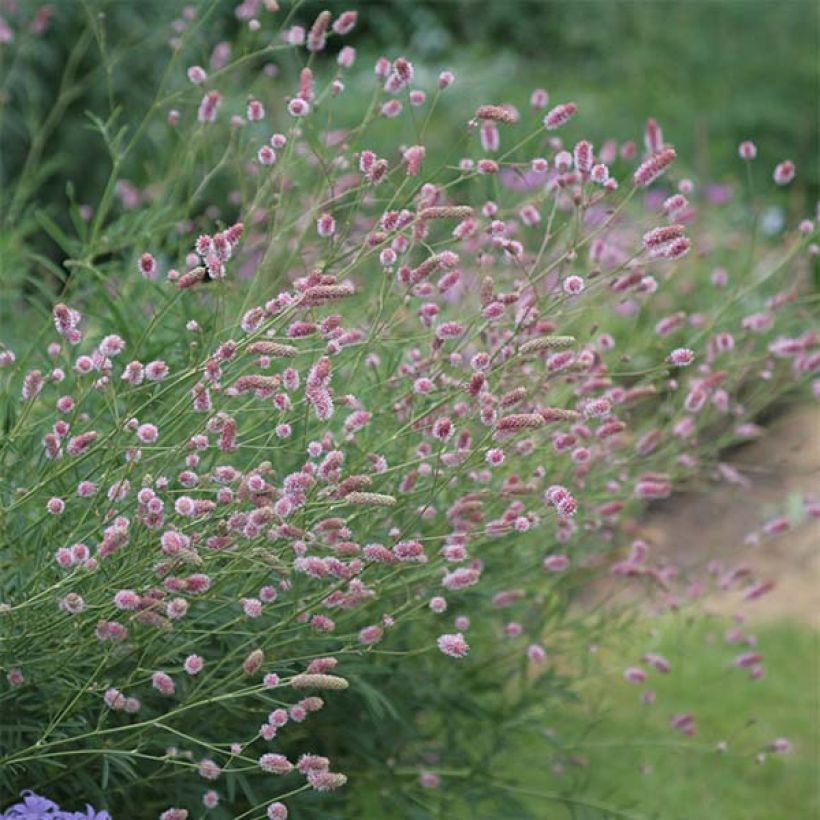

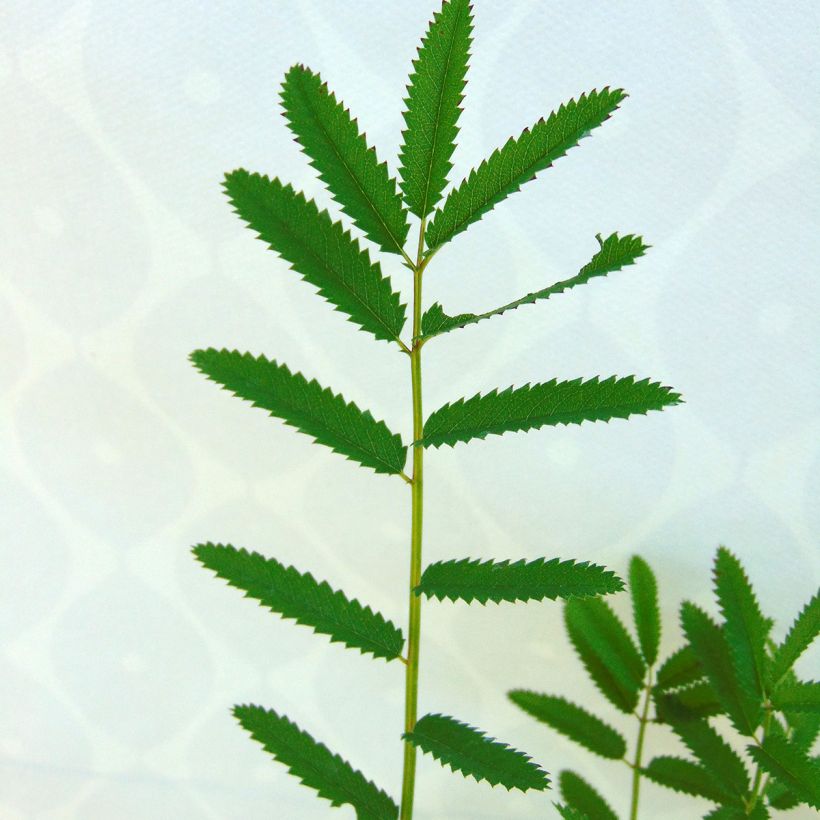

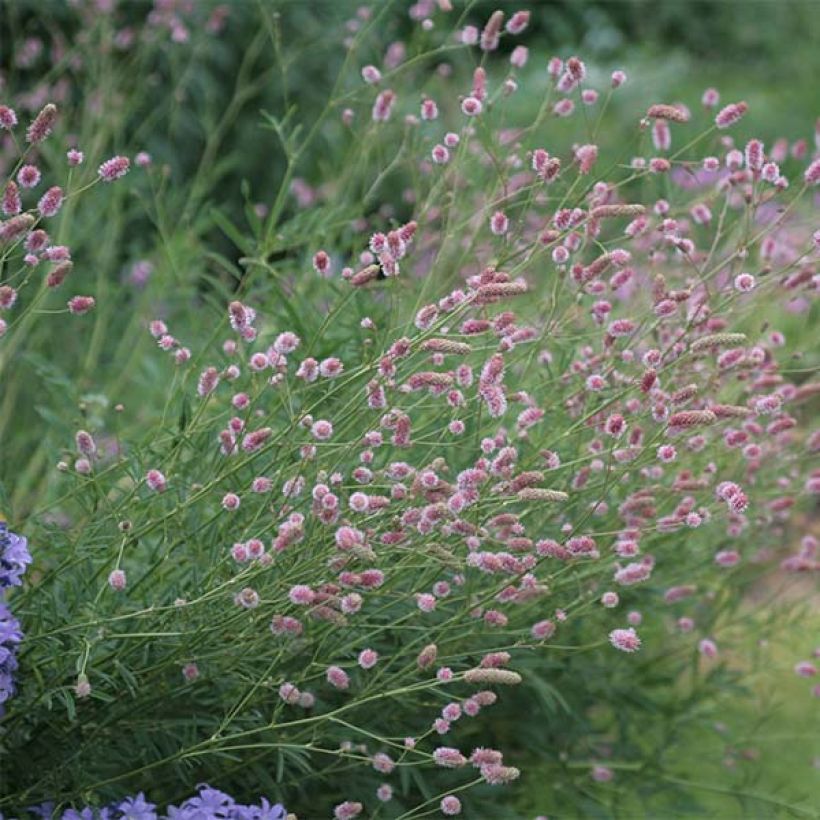

Flowering
Foliage
Plant habit
Botanical data
Sanguisorba
officinalis
Pink Tanna
Rosaceae
Great Burnet, Salad Burnet
Cultivar or hybrid
Other Sanguisorba
Planting and care
The Sanguisorba officinalis prefers always fresh, even waterlogged, humus-rich, clayey, loamy, rather calcareous soils, and a sunny exposure. This lovely perennial plant native to cold regions is easy to grow, naturalizes easily in the garden through its rootstock and spontaneous sowings (not always faithful to the parent plant). Prune back the clump before the start of vegetation, in spring.
Planting period
Intended location
Care
-
, onOrder confirmed
Reply from on Promesse de fleurs
Summer flowering perennials
Haven't found what you were looking for?
Hardiness is the lowest winter temperature a plant can endure without suffering serious damage or even dying. However, hardiness is affected by location (a sheltered area, such as a patio), protection (winter cover) and soil type (hardiness is improved by well-drained soil).

Photo Sharing Terms & Conditions
In order to encourage gardeners to interact and share their experiences, Promesse de fleurs offers various media enabling content to be uploaded onto its Site - in particular via the ‘Photo sharing’ module.
The User agrees to refrain from:
- Posting any content that is illegal, prejudicial, insulting, racist, inciteful to hatred, revisionist, contrary to public decency, that infringes on privacy or on the privacy rights of third parties, in particular the publicity rights of persons and goods, intellectual property rights, or the right to privacy.
- Submitting content on behalf of a third party;
- Impersonate the identity of a third party and/or publish any personal information about a third party;
In general, the User undertakes to refrain from any unethical behaviour.
All Content (in particular text, comments, files, images, photos, videos, creative works, etc.), which may be subject to property or intellectual property rights, image or other private rights, shall remain the property of the User, subject to the limited rights granted by the terms of the licence granted by Promesse de fleurs as stated below. Users are at liberty to publish or not to publish such Content on the Site, notably via the ‘Photo Sharing’ facility, and accept that this Content shall be made public and freely accessible, notably on the Internet.
Users further acknowledge, undertake to have ,and guarantee that they hold all necessary rights and permissions to publish such material on the Site, in particular with regard to the legislation in force pertaining to any privacy, property, intellectual property, image, or contractual rights, or rights of any other nature. By publishing such Content on the Site, Users acknowledge accepting full liability as publishers of the Content within the meaning of the law, and grant Promesse de fleurs, free of charge, an inclusive, worldwide licence for the said Content for the entire duration of its publication, including all reproduction, representation, up/downloading, displaying, performing, transmission, and storage rights.
Users also grant permission for their name to be linked to the Content and accept that this link may not always be made available.
By engaging in posting material, Users consent to their Content becoming automatically accessible on the Internet, in particular on other sites and/or blogs and/or web pages of the Promesse de fleurs site, including in particular social pages and the Promesse de fleurs catalogue.
Users may secure the removal of entrusted content free of charge by issuing a simple request via our contact form.
The flowering period indicated on our website applies to countries and regions located in USDA zone 8 (France, the United Kingdom, Ireland, the Netherlands, etc.)
It will vary according to where you live:
- In zones 9 to 10 (Italy, Spain, Greece, etc.), flowering will occur about 2 to 4 weeks earlier.
- In zones 6 to 7 (Germany, Poland, Slovenia, and lower mountainous regions), flowering will be delayed by 2 to 3 weeks.
- In zone 5 (Central Europe, Scandinavia), blooming will be delayed by 3 to 5 weeks.
In temperate climates, pruning of spring-flowering shrubs (forsythia, spireas, etc.) should be done just after flowering.
Pruning of summer-flowering shrubs (Indian Lilac, Perovskia, etc.) can be done in winter or spring.
In cold regions as well as with frost-sensitive plants, avoid pruning too early when severe frosts may still occur.
The planting period indicated on our website applies to countries and regions located in USDA zone 8 (France, United Kingdom, Ireland, Netherlands).
It will vary according to where you live:
- In Mediterranean zones (Marseille, Madrid, Milan, etc.), autumn and winter are the best planting periods.
- In continental zones (Strasbourg, Munich, Vienna, etc.), delay planting by 2 to 3 weeks in spring and bring it forward by 2 to 4 weeks in autumn.
- In mountainous regions (the Alps, Pyrenees, Carpathians, etc.), it is best to plant in late spring (May-June) or late summer (August-September).
The harvesting period indicated on our website applies to countries and regions in USDA zone 8 (France, England, Ireland, the Netherlands).
In colder areas (Scandinavia, Poland, Austria...) fruit and vegetable harvests are likely to be delayed by 3-4 weeks.
In warmer areas (Italy, Spain, Greece, etc.), harvesting will probably take place earlier, depending on weather conditions.
The sowing periods indicated on our website apply to countries and regions within USDA Zone 8 (France, UK, Ireland, Netherlands).
In colder areas (Scandinavia, Poland, Austria...), delay any outdoor sowing by 3-4 weeks, or sow under glass.
In warmer climes (Italy, Spain, Greece, etc.), bring outdoor sowing forward by a few weeks.

































